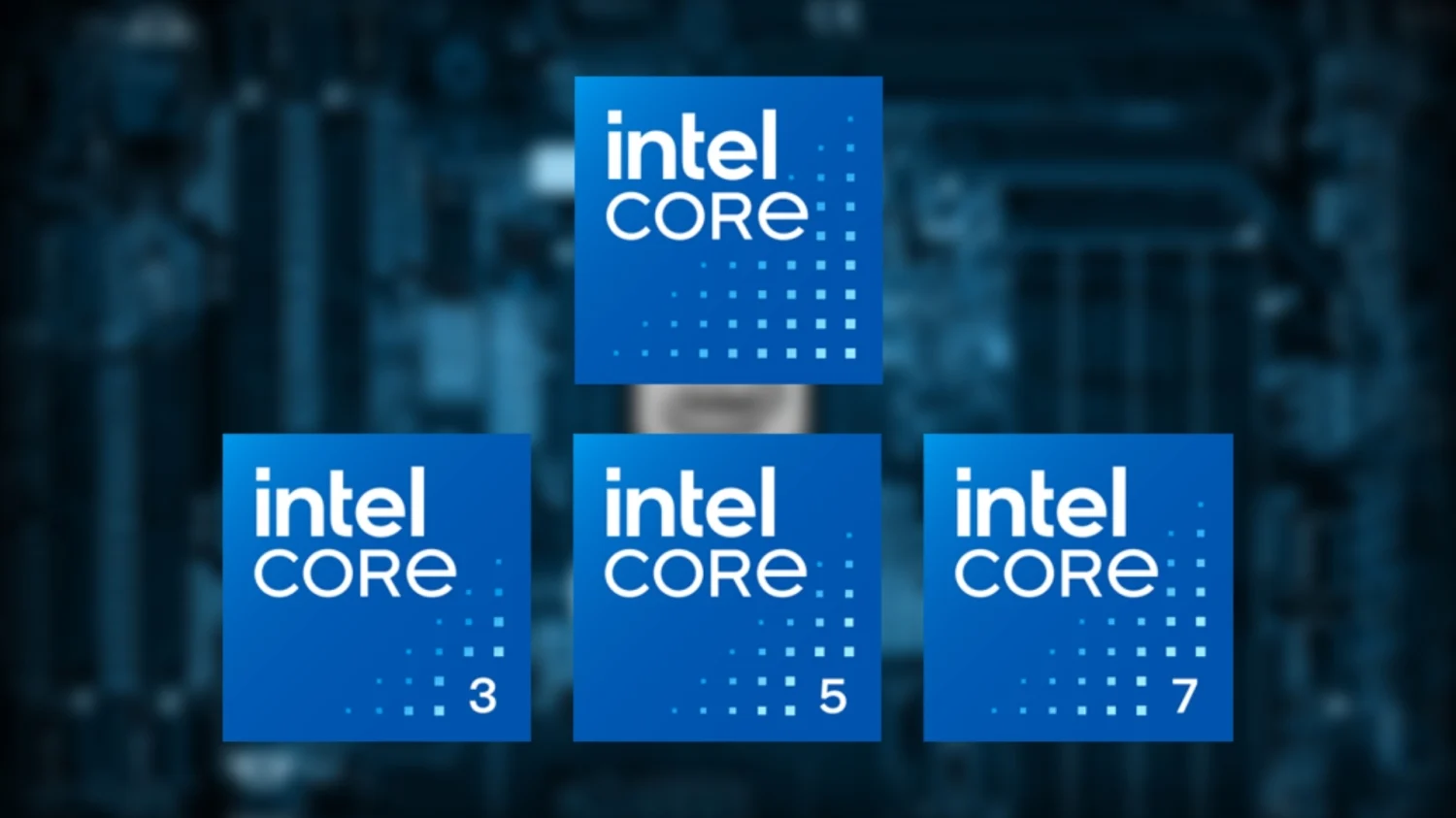
If you’ve been keeping an eye on Intel’s CPU lineup, you may have noticed a significant change in their branding strategy. The familiar lowercase “i” followed by a number, which has been a staple since the debut of the i7 in 2008, is now a thing of the past. Instead, Intel is introducing a new branding scheme, splitting their CPU lineup into two distinct segments: Core and Core Ultra.
The Shift from Core iX to Core X
In the past, Intel CPUs were labeled with a lowercase “i” followed by a number, indicating the generation and performance tier. However, feedback from both consumers and OEMs highlighted that this branding was becoming increasingly confusing. Many users simply didn’t understand what the “i” stood for, leading Intel to simplify their branding by removing the extraneous letter.
Introducing Core and Core Ultra
The new branding divides Intel’s CPU lineup into two categories: Core and Core Ultra. Core CPUs are designated as Core 3, 5, or 7, while Core Ultra CPUs carry designations such as Core Ultra 5, 7, or 9. This shift aims to provide consumers with clearer information about a processor’s intended use case, with Core Ultra targeting gamers and content creators, while Core is geared towards productivity and general use.
Simplifying the Naming Scheme
In addition to the Core and Core Ultra distinction, Intel is streamlining its naming scheme by deemphasizing the generation of the chip. Instead, they are focusing on performance tiers within each category. This move is in response to the evolving landscape of CPU architectures, where certain designs may excel in specific use cases. By simplifying the naming convention, Intel hopes to make it easier for consumers to understand the capabilities of their processors.
A New Era for Intel
The shift in branding also sees the retirement of the Pentium and Celeron brands, with entry-level offerings now simply branded as Intel processors. This move further simplifies Intel’s product lineup, reducing confusion for consumers and OEMs alike.
Looking Ahead
While the new branding scheme aims to simplify Intel’s CPU lineup, there may still be some confusion surrounding the meaning of the numbers 3, 5, 7, and 9. These numbers are intended to indicate relative performance tiers within the Core and Core Ultra categories, rather than specific core counts. As Intel continues to innovate, future generations of CPUs may see further refinement of this naming convention.
Conclusion
In summary, Intel’s decision to overhaul its CPU branding represents a significant shift in their approach to product differentiation. By simplifying their naming scheme and providing clearer distinctions between performance tiers, Intel aims to make it easier for consumers to choose the right CPU for their needs. While the transition may take some getting used to, the ultimate goal is to provide a more intuitive and user-friendly experience for everyone involved in the PC ecosystem.
In case you have found a mistake in the text, please send a message to the author by selecting the mistake and pressing Ctrl-Enter.






